Running is an amazing way to stay fit and explore the world around us. But just like any other activity, it requires the right gear to keep us safe and healthy. And when it comes to running, nothing is more important than having the right shoes.
Lacing up for that morning run is a ritual, a personal challenge, and a moment of freedom. Yet, amidst the rhythmic pounding, there’s a silent companion often overlooked: your running shoes.
Knowing when to buy new running shoes is more than just a matter of racking up miles. It’s about understanding your shoes’ subtle language as they support and protect your feet and joints.
What Is the Role of Mileage?
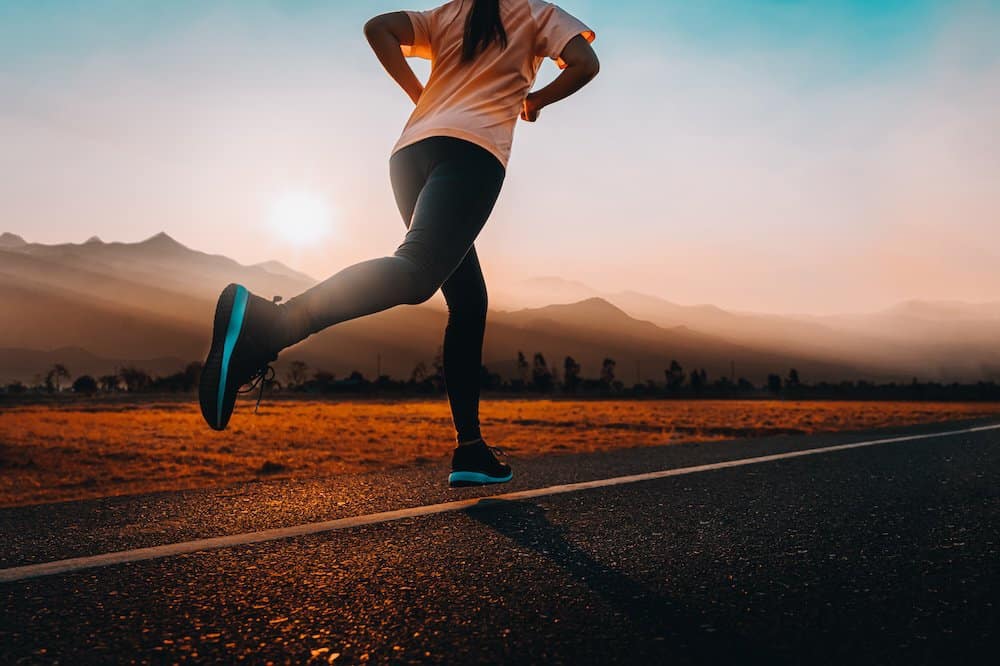
Just like a car that racks up miles, our running shoes experience wear and tear over time. The amount of mileage, or the distance covered, plays a significant role in determining the lifespan of our running shoes.
However, it’s important to recognize that mileage is just one piece of the puzzle. As we rack up the miles, our shoes undergo a “shoe life cycle” where cushioning, support, and overall performance gradually diminish.
This is due to the compression of the midsole, which provides shock absorption and support. Over time, this midsole loses its bounce and can no longer effectively protect our feet and joints.
This cycle typically follows a general guideline based on shoe type:
- Road running shoes: 300 to 500 miles
- Lightweight racing shoes: 250 to 300 miles
- Trail running shoes: 500 to 750 miles
Note that these guidelines only serve as a starting point. Individual factors like running style, surface conditions, and foot strike can influence the actual lifespan of your shoes.
When To Buy New Running Shoes

Understanding when to replace your running shoes goes beyond counting miles. You have to look into the nuanced signs of wear and tear.
Make sure you check for both the tangible, physical indicators and the subjective elements tied to your unique running style and the surfaces you conquer.
Here’s how you can do that:
Physical Signs of Worn-Out Shoes
Paying attention to physical signs of wear and tear on your running shoes is crucial for maintaining optimal performance and preventing injuries. These signs provide clear indications that it’s time to invest in a new pair.
- Excessive outsole wear, especially in high-impact areas like the heel and forefoot, compromises traction and stability. Worn-down outsoles can lead to slipping, especially on wet or uneven surfaces, increasing the risk of falls and injuries.
- Loss of cushioning and midsole compression diminishes shock absorption, placing more stress on your joints, particularly your knees and ankles. As the midsole compresses, it can no longer effectively absorb the impact forces generated during running, leading to pain and discomfort.
- Cracks or tears in the upper material can cause discomfort and instability, affecting your running form. Damaged upper material can also provide less support, potentially leading to injuries.
- Detached or worn-out heel counters fail to provide proper rearfoot support, increasing the risk of ankle injuries. The heel counter stabilizes the heel and prevents excessive inward or outward rolling of the foot. When it becomes worn or detached, it can no longer fulfill its role, leading to ankle instability and potential sprains.
- Loose or ripped shoelaces can lead to improper fit and gait disturbances. Loose laces allow your foot to move around inside the shoe, affecting your running form and potentially leading to blisters or even injuries.
Regularly inspect your running shoes for these physical signs. That way, you can proactively identify when it’s time to replace them and prevent potential injuries that could sideline you from your running routine.
Subjective Signs of Worn-Out Shoes
While physical signs provide tangible evidence of wear and tear, listening to your body and identifying subjective signs that your running shoes may need replacement is equally important.
These subjective indicators manifest in how your body feels and performs during and after your runs.
- Increased foot, ankle, knee, or hip pain, especially during or after runs, could signify that your shoes no longer provide adequate support. Pain is your body’s way of signaling that something is amiss, and if it consistently arises after running, it’s a sign to take notice.
- Changes in running gait or stride can be a sign that your shoes are affecting your natural biomechanics. If you notice changes in your running form, such as excessive pronation or supination, or if you feel unbalanced or unstable, it could be due to worn-out shoes that no longer provide the proper support and stability.
- Decreased performance or running enjoyment may indicate that your shoes no longer provide the support and cushioning you need to perform at your best. If you find yourself struggling to maintain your pace, experiencing increased fatigue, or simply not enjoying your runs as much as you used to, it could be a sign that your shoes are hindering your performance.
Before investing in a new pair of running shoes, don’t wait for pain or injuries to become a major concern. Your body deserves the support and comfort of shoes designed to enhance your running performance and keep you injury-free.
Impact of Running Style and Surface
Beyond the numbers and physical cues, your running style and the ground beneath shape the destiny of your running shoes.
Different running styles (heel, midfoot, forefoot) affect shoe wear patterns in different ways. For example, heel strikers tend to wear down their shoes more quickly in the heel area, while midfoot and forefoot strikers may see more wear in the midsole and forefoot.
Similarly, running on hard surfaces like pavement can accelerate wear compared to softer surfaces like trails or grass. As such, it is important to choose shoes designed for the type of running you do and the surfaces you will be running on.
For example, trail running shoes have more aggressive treads for better traction on loose surfaces, while road running shoes are designed for smoother surfaces and provide more cushioning.
What Other Factors Affect Shoe Life?
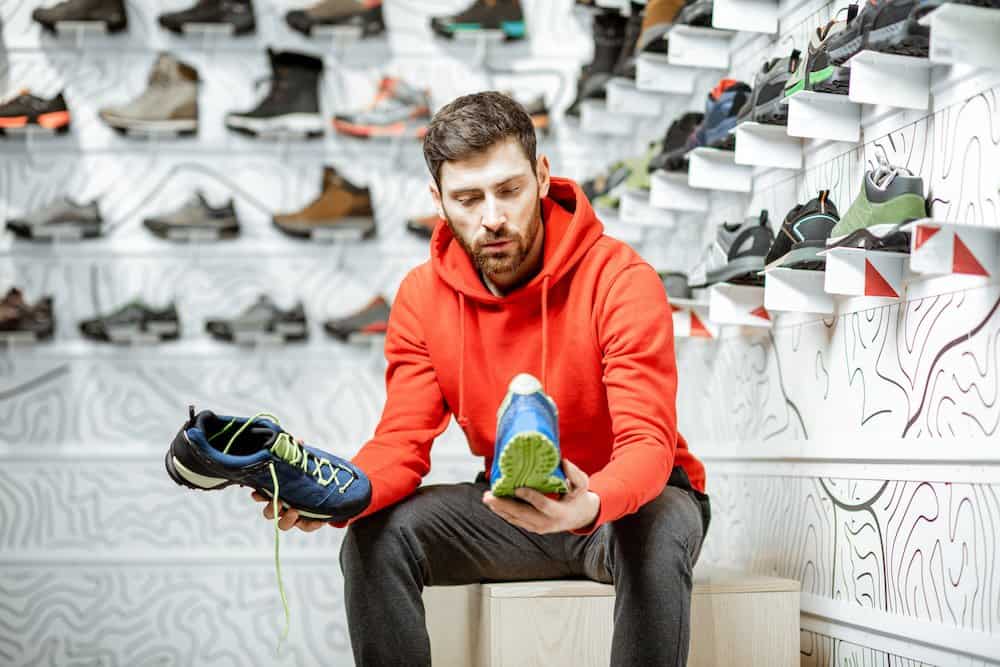
In addition to mileage, running style, and surface conditions, several other factors can influence the lifespan of your running shoes. These factors include:
Runner’s Weight and Foot Strike
Heavier runners tend to exert more force on their shoes with each step, leading to accelerated wear and tear. This is particularly evident in the heel area for heel strikers, who typically experience faster degradation of the heel cushioning and outsole.
In contrast, midfoot and forefoot strikers may see more pronounced wear in the midsole and forefoot regions.
Running Frequency and Intensity
The more frequently and intensely you run, the faster your shoes will wear out. High-mileage runners and those who engage in intense interval training or hill workouts can expect their shoes to wear out more quickly.
Additionally, running on hard, unforgiving surfaces like pavement or concrete puts more stress on your shoes and hastens their demise. Conversely, running on softer surfaces like trails or grass can help prolong shoe lifespan.
Proper Shoe Care and Storage
Regular cleaning and drying of your running shoes can significantly extend their lifespan by preventing the buildup of dirt, debris, and moisture that can prematurely degrade the materials.
Dirt and debris can cause excessive abrasion, while moisture can lead to mold growth and deterioration of the shoe’s structure.
Shoe Design and Materials
The quality of the materials used in your running shoes plays a pivotal role in determining their durability.
Shoes constructed with high-performance materials, such as high-density EVA foam for cushioning and abrasion-resistant rubber for the outsole, are more resilient to wear and tear, extending their lifespan.
High-density EVA foam effectively absorbs impact forces and retains its shape over time, while abrasion-resistant rubber provides superior traction and resists wear on various surfaces.
How To Maintain Your Running Shoes
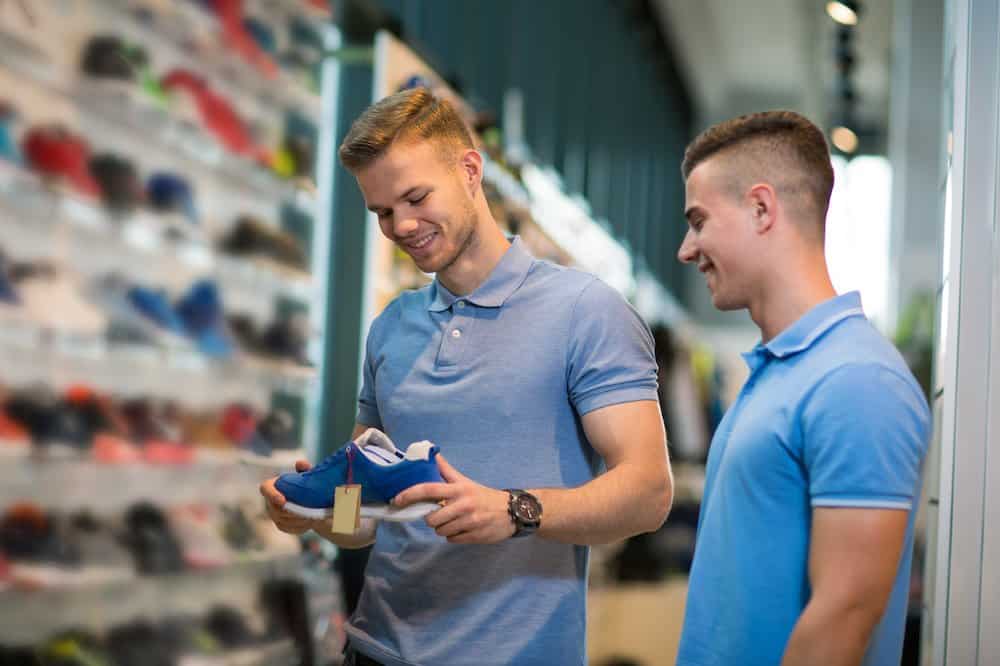
Just like any other piece of equipment, running shoes require proper care to maximize their lifespan and ensure they continue to support your training. Here are some simple yet effective tips to extend the life of your running shoes:
- Rotate between multiple pairs of shoes: Switching between different pairs of shoes allows each pair to rest and recover, preventing overuse and premature wear. Aim to have at least two pairs of running shoes in rotation.
- Clean your shoes regularly: Dirt and debris can accumulate on your shoes, causing excessive wear and tear. Regularly clean your shoes with a soft brush and mild soap or detergent. Allow them to air dry completely after cleaning.
- Dry your shoes properly after each run: Moisture can lead to mold growth and deterioration of the shoe’s materials. After each run, remove the insoles and stuff the shoes with newspaper or paper towels to absorb moisture. Allow them to air dry in a well-ventilated area away from direct sunlight or heat sources.
- Store your shoes in a cool, dry place: Avoid storing your shoes in extreme temperatures or direct sunlight, as this can damage the materials. Opt for a cool, dry place, such as a shoe rack or closet, to keep your shoes protected when not in use.
Prioritizing Your Running Health
We rely on our shoes to carry us through countless miles and training sessions. But like any faithful companion, they eventually reach a point where they need to be replaced.
Recognizing when to buy new running shoes is crucial for maintaining optimal performance and preventing injuries. So, listen to your body’s signals. Increased pain, gait changes, or decreased performance could be subtle hints that it’s time for a new pair.
If you have any concerns about your running shoes, seeking professional advice from a running shoe store or a qualified podiatrist can be invaluable. They can assess your individual needs, recommend suitable shoe options, and ensure you’re running in footwear that supports your unique biomechanics.

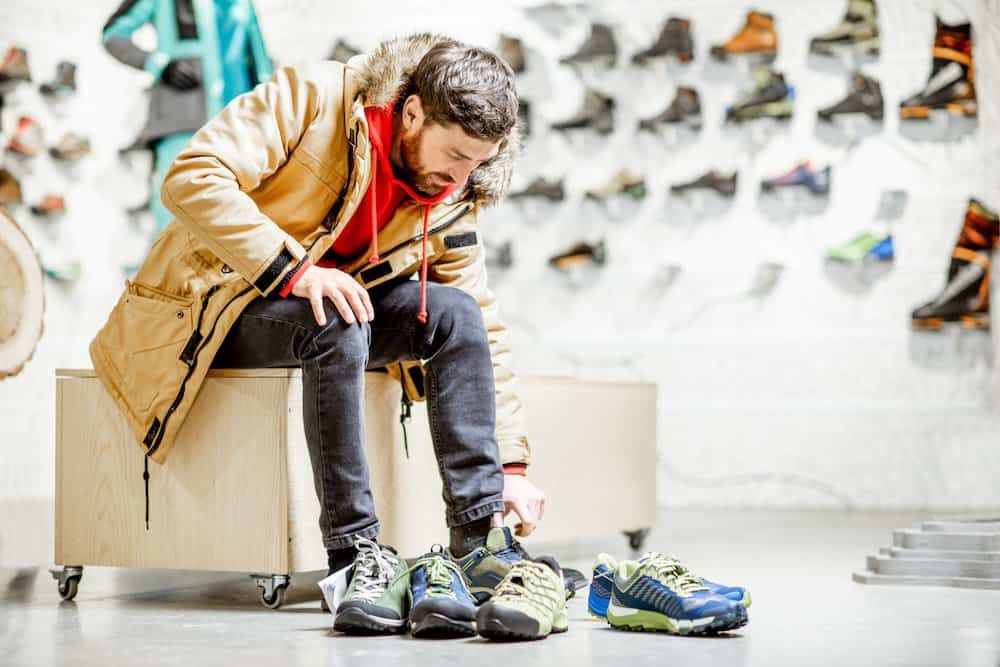
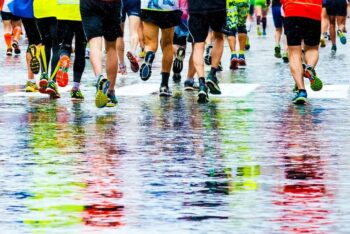
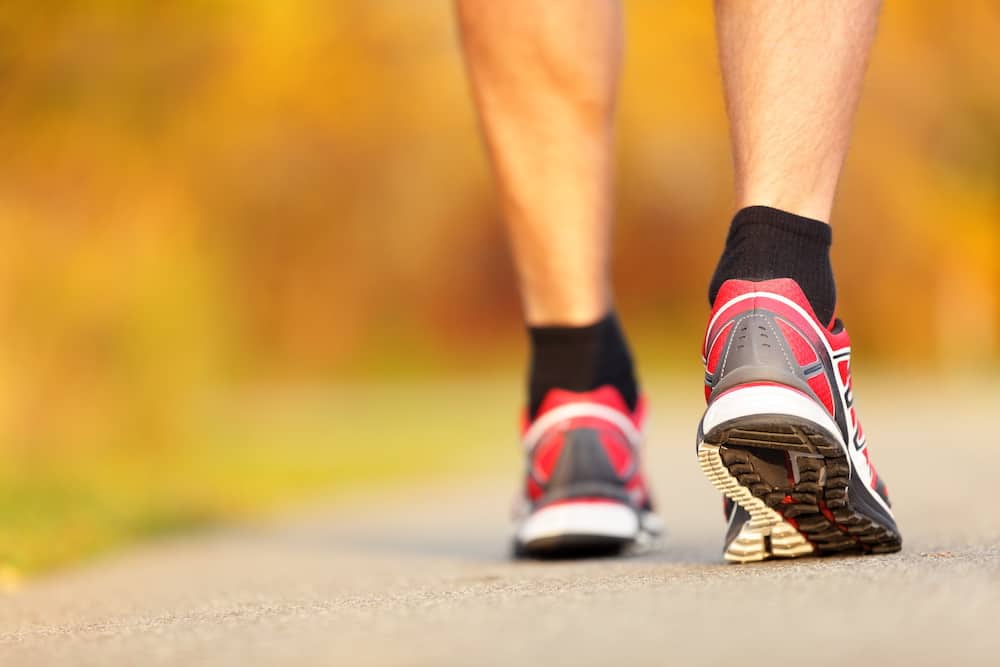
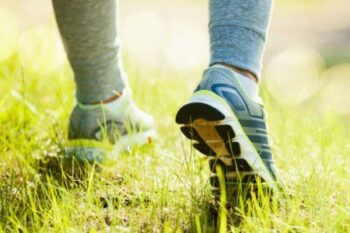
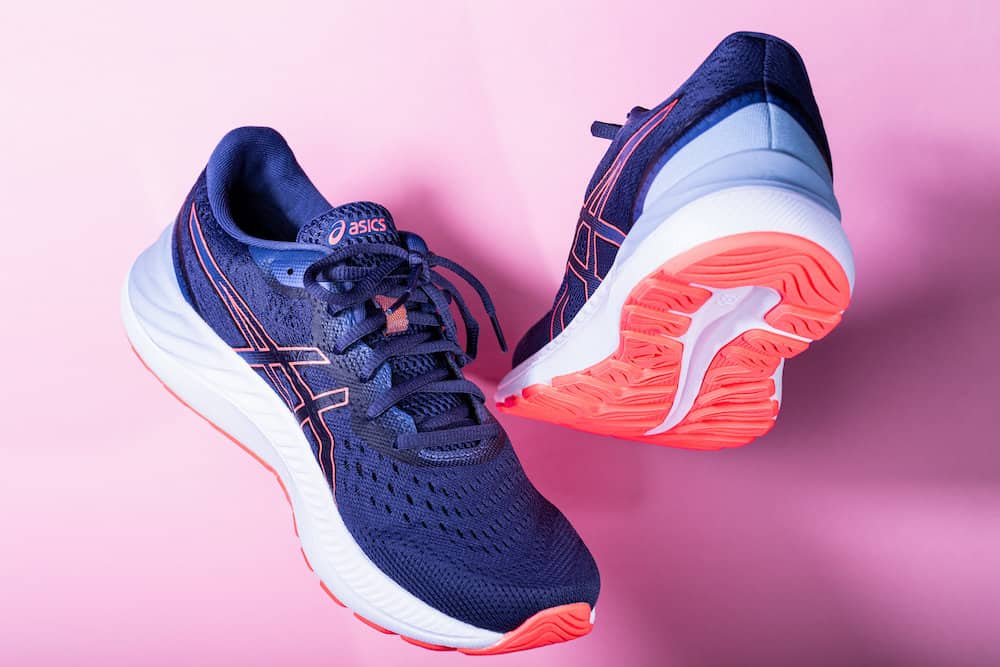

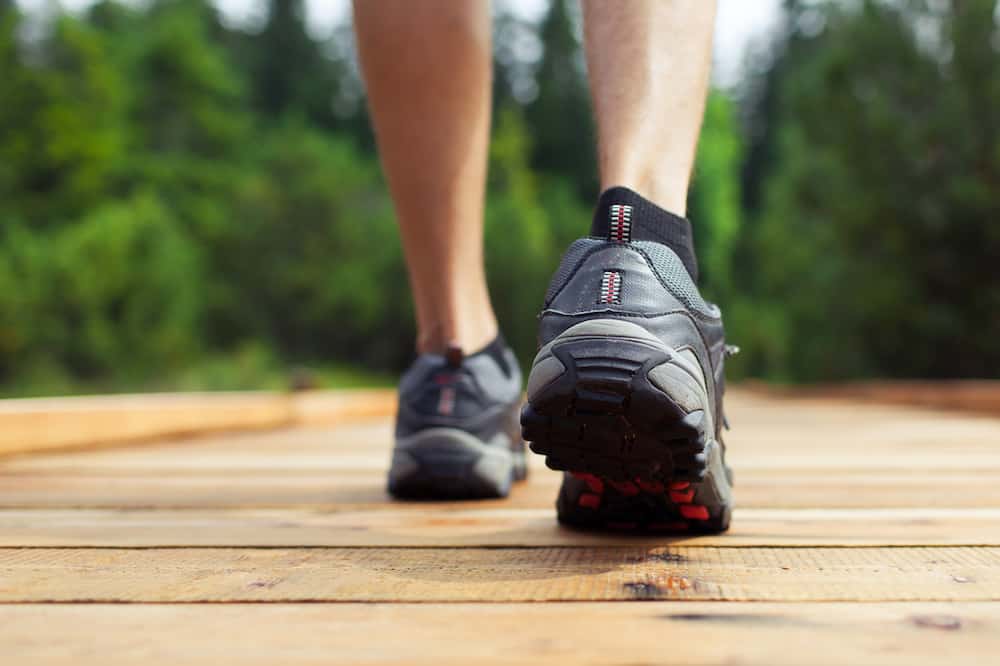

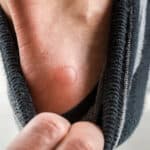




I found this article very informative, despite not being a runner myself. I always say if you see me running, then you better start running too! Anyways, I’ve had good running shoes and bad ones, when I did run for sports in high school. The biggest difference I noticed is my soreness I felt after wearing a not so great pair of shoes for running. I played football and we ran on concrete for summer conditioning. I found without good shoes I could barely even walk the next day and I was only half as old as I am now. I think that people will find great value in reading your article to help them find the right running shoes for them!
Hi, Conner, and thank you.
Thank you for your kind words.
Don’t hesitate to contact me to help you with anything else or if you have any questions.
I’m not a runner but the article is very informative as I was not aware of the different levels of looking for the right pair of running shoes. I’m embarrassed to say there was a time that I’ve worn a pair of shoes for over 5 years not realizing that athletic shoes needs to be upgraded each time the arch support runs low or body starts hurting at different points of the body.
I appreciate your thorough explanation of what one needs to do when it comes to replacing a pair of shoes. The article was clear on informing the reader on planning and purchasing a pair of running or athletic shoes to support their body health wise.
I would like to know if shoes worn for too long causes plantar fasciitis which is what I’m dealing with now.
Hi, Cydney, and thank you.
Thank you for your kind words.
Yes, it is possible that the shoes do it if you use shoes that are so worn that they don´t give enough support anymore.
Don’t hesitate to contact me to help you with anything else or if you have any questions.